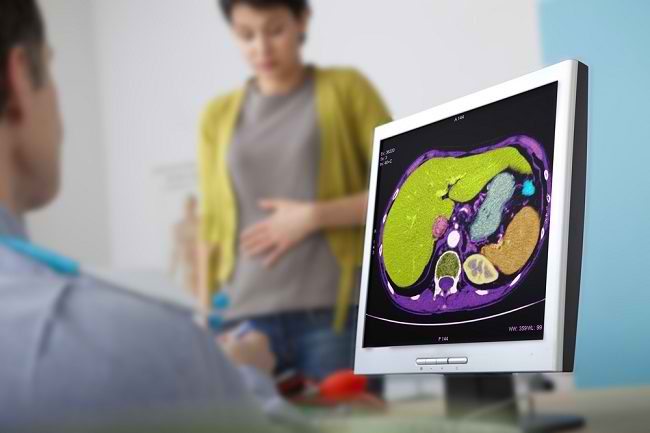Twin to twin transfusion syndrome is a serious complication that can occur in identical twin pregnancies. This condition causes an imbalance of blood flow in the twin fetuses, so thatbothersupply of nutrients and oxygen they need.
Twin to twin transfusion syndrome occurs when the blood supply needed by twins in the womb is not balanced. As a result, one fetus gets an abundant blood supply, while the other fetus is deficient.

Reason Twin to Twin Transfusion Syndrome
Reason twin-to-twin transfusion syndrome is not yet known with certainty. However, impaired cell division after fertilization is claimed to be the cause of placental and vascular abnormalities in TTTS.
TTTS is a condition that should not be underestimated. Imbalance of blood supply received by twin fetuses can interfere with growth and development, and even cause death.
A fetus that receives a small blood supply may develop growth retardation and anemia. Meanwhile, other twin fetuses who get too much blood supply and experience excess fluid can experience problems with the respiratory system, digestive system, heart, and brain.
Signs and symptoms Twin to Twin Transfusion Syndrome
Twin to twin transfusion syndrome It is estimated to occur in 15 percent of identical twin pregnancies. Therefore, mothers who are carrying twins need to know the symptoms of this condition.
Here are the signs and symptoms twin-to-twin transfusion syndrome that can be experienced by pregnant women:
- Rapid uterine growth.
- The size of the uterus and abdomen is larger than the usual gestational age.
- Excessive weight gain.
- Abdominal pain, shortness of breath, and contractions.
- Swelling of the feet and hands in early pregnancy.
If you are pregnant with twins and find these signs or symptoms, immediately consult a gynecologist. The doctor will perform a series of examinations, including ultrasound, to determine the cause of the complaints you are experiencing. If caused by TTTS, ultrasound results will show the following:
- There is only one placenta.
- The size and weight of the two fetuses are different, even though they are of the same sex.
- Differences in the size of the amniotic sac and umbilical cord.
- Accumulation of fluid in one of the twin fetuses.
- Excess amniotic fluid in one twin fetus, while the other twin fetus has little amniotic fluid.
In addition to ultrasound examination, the obstetrician may recommend other tests, such as echocardiography, or MRI, to confirm the condition.
How to overcomeTwin to Twin Transfusion Syndrome
Pregnant women who are diagnosed with TTTS will be advised to regularly check with their obstetrician. Treatment for TTTS depends on its severity. If the TTTS is not severe, the doctor will monitor the condition of the fetus periodically. If the TTTS condition is suspected of being able to inhibit and interfere with fetal growth and development, the doctor may recommend:
Amnioreduction
This action is done to reduce the amniotic fluid in one of the fetuses that has an excess fluid supply. One of the most frequently used methods for aminoreduction is amniocentesis. This action aims to make the amount of amniotic fluid normal and improve blood circulation in the fetus.
Laser fetoscopy surgery
If amnioreduction is ineffective, laser fetoscopy may be an alternative. This action is done by clogging the abnormal blood vessels, so that the fetus can get a balanced blood supply.
Early or premature labor
In some cases, delivery can also be an option to save the fetus. This procedure is usually recommended when the fetal lungs are mature.
Although this is a rare condition, twin-to-twin transfusion syndrome cannot be ignored. This is because the condition of TTTS can have a negative impact on the fetus, ranging from stunted development, birth with defects, to death. Therefore, it is important for pregnant women to regularly check with a gynecologist.









